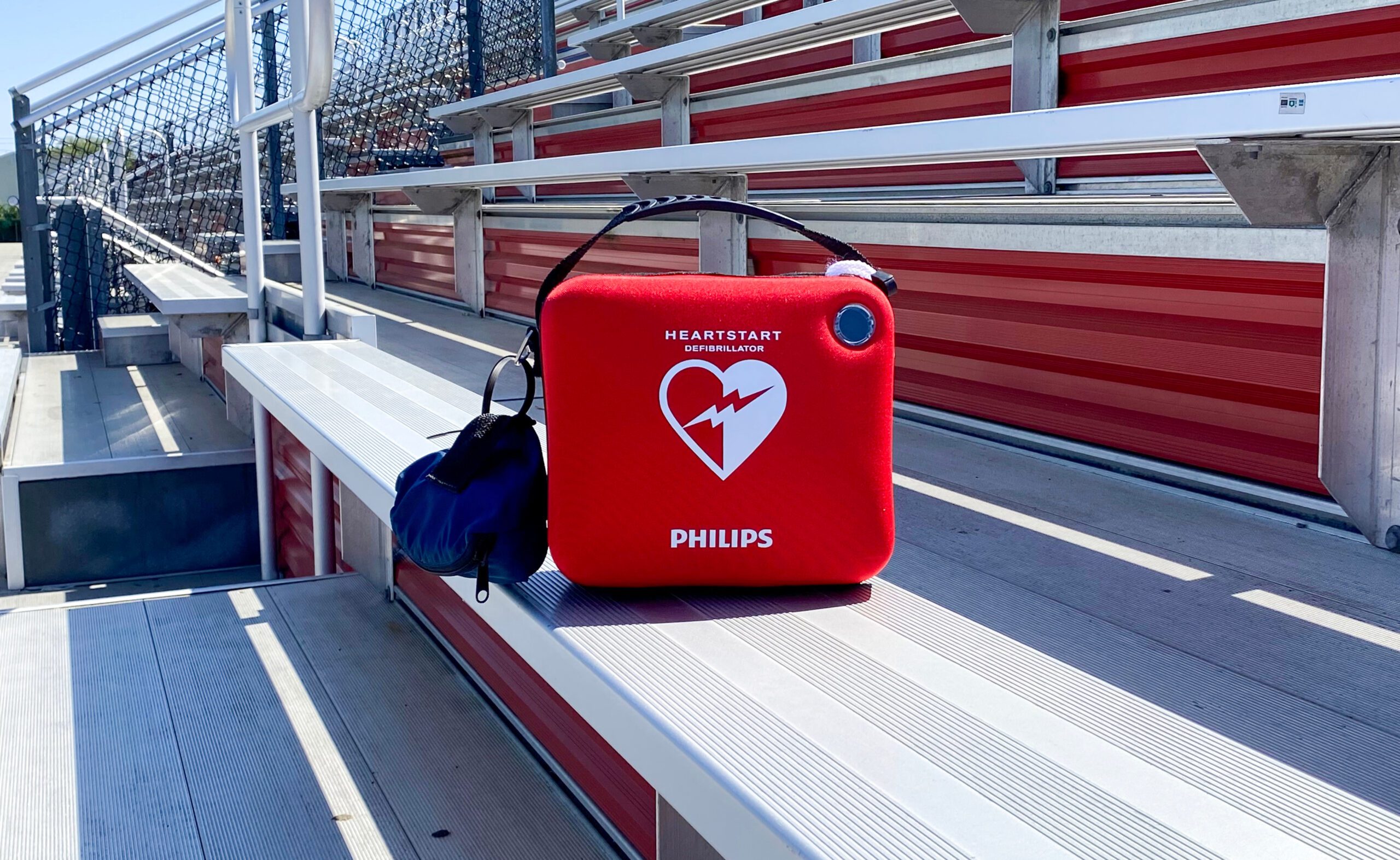AED Disparity Could Be the Difference Between Life and Death

By Peter Antevy, MD – Sudden cardiac arrest (SCA) has garnered significant attention lately. And for good reason – according to SuddenCardiacArrest.org, it’s a leading cause of death in the U.S., claiming nearly 300,000 deaths each year.
Yet, in Michigan high schools there is a major disparity regarding Automated External Defibrillators (AEDs), which can be the difference between life and death in SCA scenarios.
Although AEDs are available at public high schools throughout Michigan, the number of AEDs per student varies inversely with minority student population and school size. Unequal distribution of AEDs and lack of cardiac emergency preparedness may contribute to negative outcomes of SCA among youth.
White et al. recently published a study in the Journal of Pediatrics showing that schools with more than 20% of its students from racial minority groups had significantly fewer AEDs available per 100 students than schools with a less diverse student population. Additionally, schools with more students eligible for free and reduced lunch programs were less likely to have a cardiac emergency response plan in place and also demonstrated less frequent maintenance of AEDs.
While this study shines a light on the issues in Michigan high schools, the issue reaches much further than that.
“While many in our industry are lobbying to make necessary changes to impact the outcomes for our kids, we still have a long way to go.”
A recent USA Today article said, “Considering the 50 high school student deaths and thousands of others who suffered long-term injury last year alone, you’d think lobbying for rule changes would be a relatively simple process, but resistance to that change and cost, among other reasons, make it more difficult.”
While many in our industry are lobbying to make necessary changes to impact the outcomes for our kids, we still have a long way to go.
We need to remain vigilant about educating others on the importance of AEDs in our high schools across the country, regardless of student population specifics. For those who don’t realize the importance of proper AEDs and corresponding SCA plans in high schools, consider these powerful stats from the White study referenced earlier:
• Survival from SCA in schools who had an AED program
o Out of 59 confirmed cases of SCA, 54 received prompt CPR
and 50 had the AED applied and of these 39 delivered a shock
.
• Overall, 42 (71%) survived to hospital discharge.
o 89% of student athletes (one of the biggest student populations affected by SCA) survived to discharge
So what does all this mean? Every school should have an AED on campus and should have regular training to properly handle the SCA scenario. Considering that a victim’s chance of survival is reduced by 7-10% for every minute that passes without CPR and defibrillation, this issue needs to be addressed.
If we want to improve SCA outcomes and protect our students we need to act rapidly and early. Every minute counts and being prepared can be the difference between life and death.

